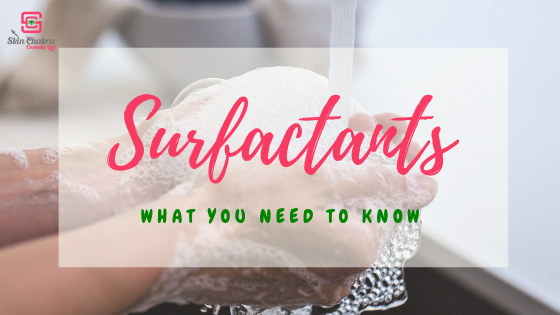A celebrity in the skincare society has recently mentioned: you don't need to be a chemist in order to formulate skincare.
I don't quite agree with this opinion. Not because I'm a chemist up to the bone-marrow and not that I have any objections to non-chemists making and selling skincare. In fact most of the awesome formulators I know (most of them our own customers) have no chemistry background....
But..
Even if you should not necessarily be a chemist and should not have a background in chemistry, chemistry is "the thing" that makes the difference between a "formulator" and a "DIY-er".
You don't need to go back to the university and study again for a degree in chemistry. But if you want to master what you are doing, understand the root of every formulation and truely know (not just follow instructions) why you do what you do and why you use what you use, you'll need some understanding of the chemistry (even if you find the theory completely boring)
If you are still with me and do not desire to throw stones at me for writing the above paragraphs let's move on....
I'm going to write a few blog posts about "bio-surfactants". This is something that is very superficially mentioned in old-fashioned surfactant and colloid chemistry books. The main reason is that they were not commercially available until a few years ago. In fact they are still not available in huge volumes and they are quite expensive compared to conventional, even to "naturally-derived" surfactants. But with the growing consumer awareness and the growing demand for sustainable and "green" ingredients, they are becoming more popular and more available. You can not be a "green" formulator anymore without knowing about "bio-surfactants" (even if you don't use them right now).
Anyway before I dive into "bio-surfactants" and since we still receive several mails per week from our customers, subscribers and readers asking fundamental questions about surfactants, I decided to recap the basics of surfactants.
Last year I wrote these blog posts about surfactants:
and you are very welcome to go and read those detailed blog posts if you have the time and patience to read a long text.
But since I know that the smart-phone generation does not have the patience to go and dig old blog posts, or does not have the patience to read long texts, I'm breaking those posts into mini-series that are easy to digest.
Here we go with the first part. In this infographic, I have gathered the basics about the surfactants.

See you soon in part II.
BeHappy and have fun



